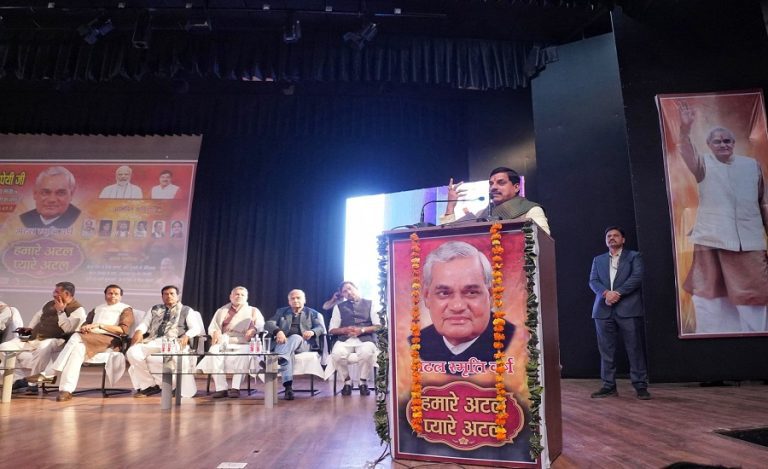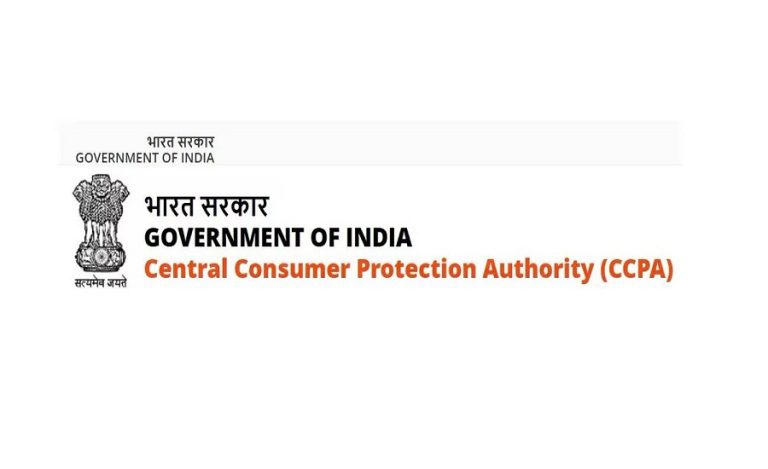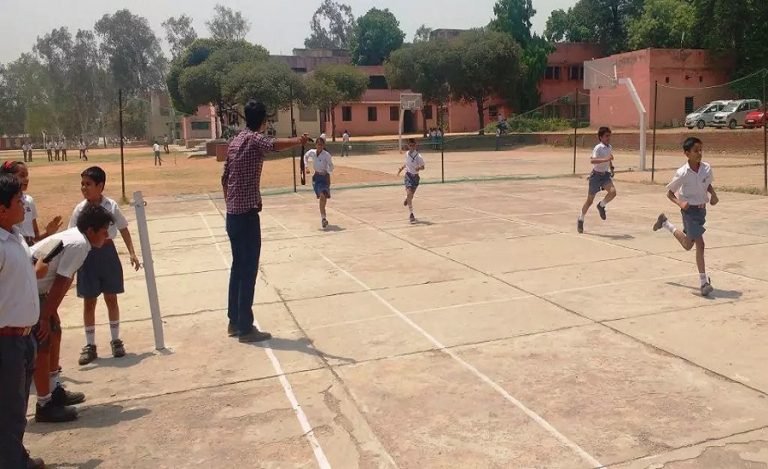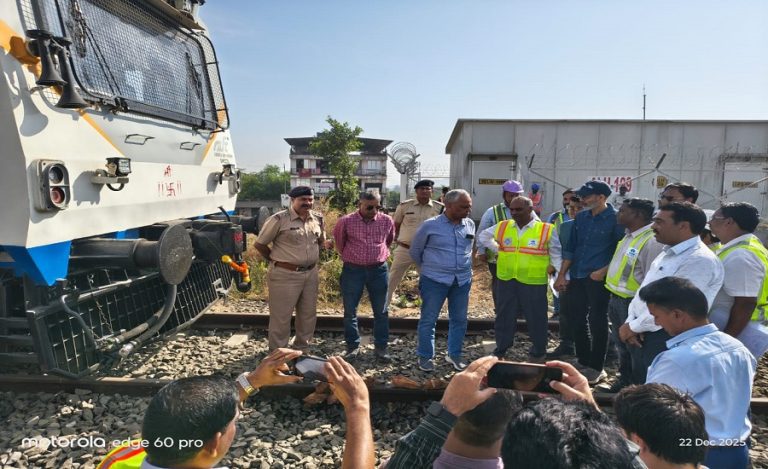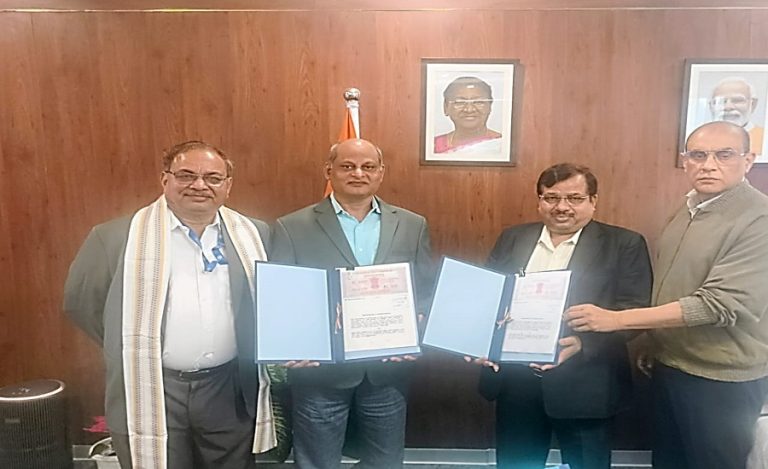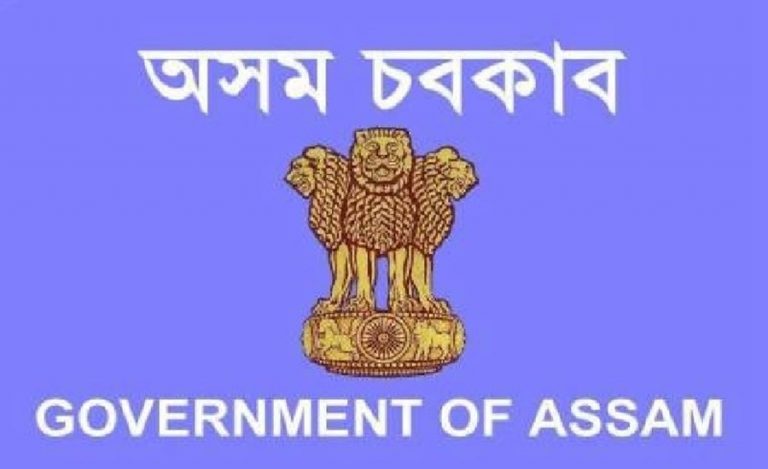As the first chills of winter swept through North India, the fields of Punjab and Haryana transformed into a patchwork of golden stubble. Yet, beneath this serene landscape lay an urgent crisis: stubble burning. Each year, this practice blanketed the skies with smoke, endangering the health of millions. This time, however, in Amritsar, a determined administration aimed to rewrite the narrative.
The Amritsar Administration took a bold stand in this battle. Under the leadership of 2014 IAS officer and Deputy Commissioner Ms. Sakshi Sawhney, they rolled out a multi-tiered strategy to combat the growing menace. As reports of fires flooded in, the administration swiftly mobilized flying squads to patrol high-risk areas, ensuring timely interventions. Coordinating real-time monitoring with satellite data from the Punjab Remote Sensing Centre, Sawhney and her team enabled rapid responses to emerging incidents.
By October 14, the Control Room had contacted 2,495 farmers; among those needing assistance, 777 farmers were identified, with 536 receiving machinery from the Agriculture Department and 231 from DR Cooperatives. Additionally, 10 farmers were scheduled to receive machines within the next two days.
In an exclusive interview with Indian Masterminds, Deputy Commissioner Sawhney shared insights into the innovative strategies being implemented this year. “We’re adopting a multi-faceted approach,” she explained, emphasizing the importance of real-time monitoring and the establishment of demonstration projects for effective residue management. With each initiative, they aim to instill hope in a problem that has long overshadowed the region.
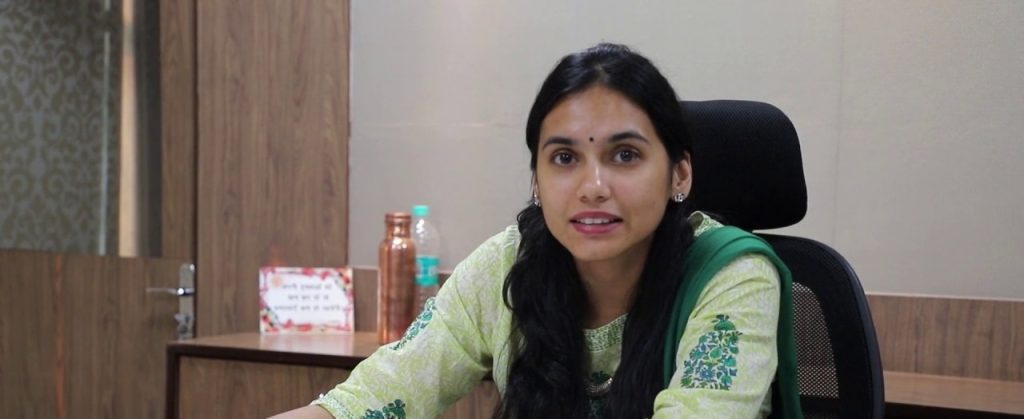
Proactive Administration
Upon receiving reports of stubble burning, a rapid response team is dispatched to affected areas, including the Additional Deputy Commissioner and senior officials from agriculture and fire control teams. Their immediate goal is to assess the situation, extinguish the fires, and engage with farmers to understand the challenges they face in managing crop residue.
A Multi-Tiered Approach to Curb Burning
The district administration of Amritsar has implemented a comprehensive, multi-faceted strategy to combat stubble burning. Key initiatives include the formation of flying squads, which patrol high-risk areas to ensure prompt intervention at the first sign of fire; real-time monitoring utilizing satellite data from the Punjab Remote Sensing Centre, enabling officials to track incidents and facilitate rapid responses; and demonstration projects, where one hundred pilot initiatives showcase effective residue management techniques, encouraging farmers to adopt eco-friendly practices. Additionally, a village-wise monitoring mechanism ensures that every community is equipped with resources to manage stubble efficiently.
The department established a Control Room to gather data from Mandi about farmers needing stubble management machinery, directly reaching out to confirm their needs. Additionally, the initiative to monitor machine usage tracks daily reports on usage and hours worked, leading to show-cause notices for societies with low usage. As of October 14, 2024, machines covered 10,221.6 acres and logged 10,750 hours, with 20 societies receiving notices for below-average usage. Daily meetings at 5:30 PM, chaired by the Deputy Commissioner, review stubble burning incidents and machinery usage, ensuring coordinated efforts to reduce stubble burning.
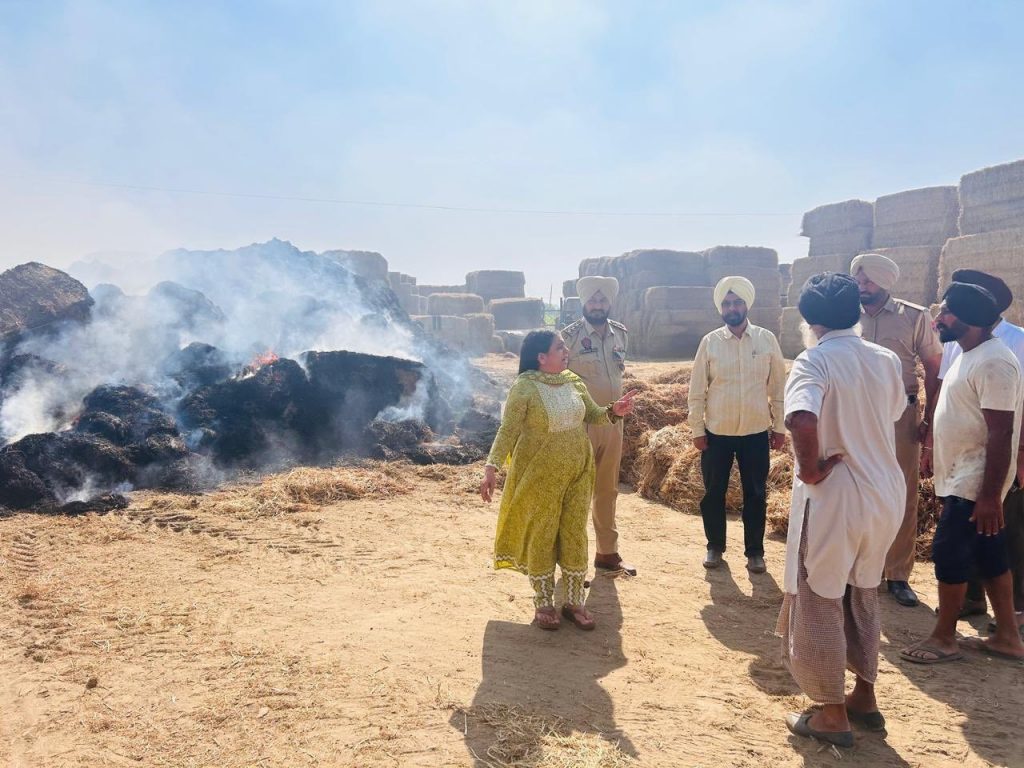
Innovative Solutions for Farmers
To facilitate better crop residue management, several innovative measures have been introduced. A centralized control room now gathers data on farmers in need of stubble management machinery, proactively reaching out to nearly 2,500 farmers and initiating significant machinery distribution.
Additionally, daily reports monitor machinery usage and effectiveness, allowing for timely adjustments that enhance efficiency; this initiative has resulted in increased machine usage across the district. Regular coordination meetings with cluster and nodal officers ensure timely decision-making and synchronized efforts in the field, further supporting farmers in adopting sustainable practices.
Engaging the Farming Community
Recognizing the importance of farmer engagement, the administration conducts workshops and campaigns to raise awareness about the environmental and health impacts of stubble burning. These initiatives facilitate direct communication, helping farmers understand the benefits of alternative practices and the resources available to them.
Addressing Economic Pressures
Despite the known harms of stubble burning, economic pressures drive many farmers to continue the practice. In Amritsar, several challenges contribute to this issue. A lack of awareness leaves many farmers uninformed about sustainable methods for managing crop residue, leading them to rely on the quicker, traditional burning method. Additionally, logistical challenges, such as transportation issues, hinder the ex-situ management of paddy straw, making it difficult for farmers to utilize alternative options like biomass energy production.
Technological Solutions for Sustainable Practices
In response to a question from Indian Masterminds about technological solutions for farmers, she affirmed that several options exist to help manage crop residue without burning, enhancing sustainability and soil health. Amritsar is actively leveraging technology to provide these sustainable alternatives. As of March 31, 2024, there are 4,607 Crop Residue Management (CRM) machines available, with plans for an additional 515 in 2024-25. These machines chop and incorporate straw into the soil, improving soil health while reducing the need for burning. Additionally, initiatives are underway to convert paddy straw into biomass for energy production, addressing both waste management and renewable energy needs.
Legal Action Against Non-Compliance
The administration has taken a firm stance against those who violate stubble burning regulations. Fines have been imposed on numerous violators, totaling significant amounts to enforce compliance. Furthermore, legal actions are being pursued against repeat offenders, with show-cause notices issued to several officials for negligence.
Upon confirming a violation, strict actions are taken, including Environmental Compensation fines and FIRs under Section 188 of the IPC for repeat offenders. Red entries in Khasra Girdawari track habitual violators, while show-cause notices have been issued to 22 nodal officers, 17 cluster officers, and 5 SHOs for negligence.
A Promising Outlook for Air Quality
Thanks to these proactive measures, there is hope for improved air quality this winter. The district has already seen a notable reduction in stubble burning cases, with a decrease of approximately 42.24% compared to last year. With continued efforts and collaboration across Punjab, Amritsar aims to set a precedent for environmental responsibility.
Conclusion: A Collaborative Future
As Amritsar confronts the challenge of stubble burning, collaboration between the administration and farmers is crucial for fostering a sustainable agricultural future. With innovative strategies, legal enforcement, and a strong emphasis on education, there is optimism for cleaner air and healthier soil in the years to come.








